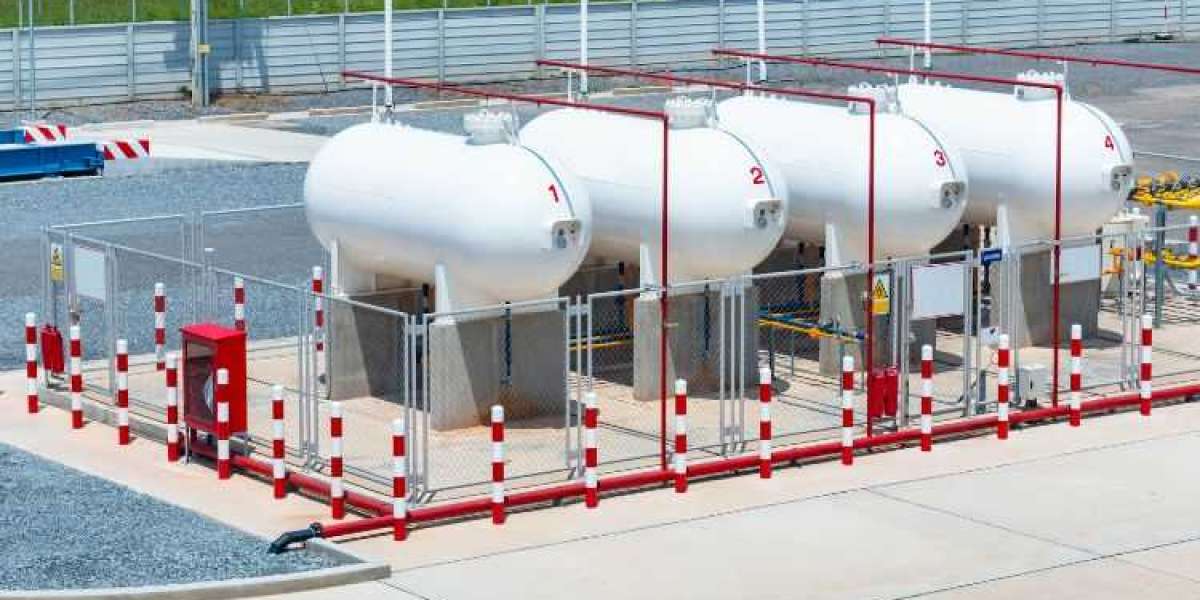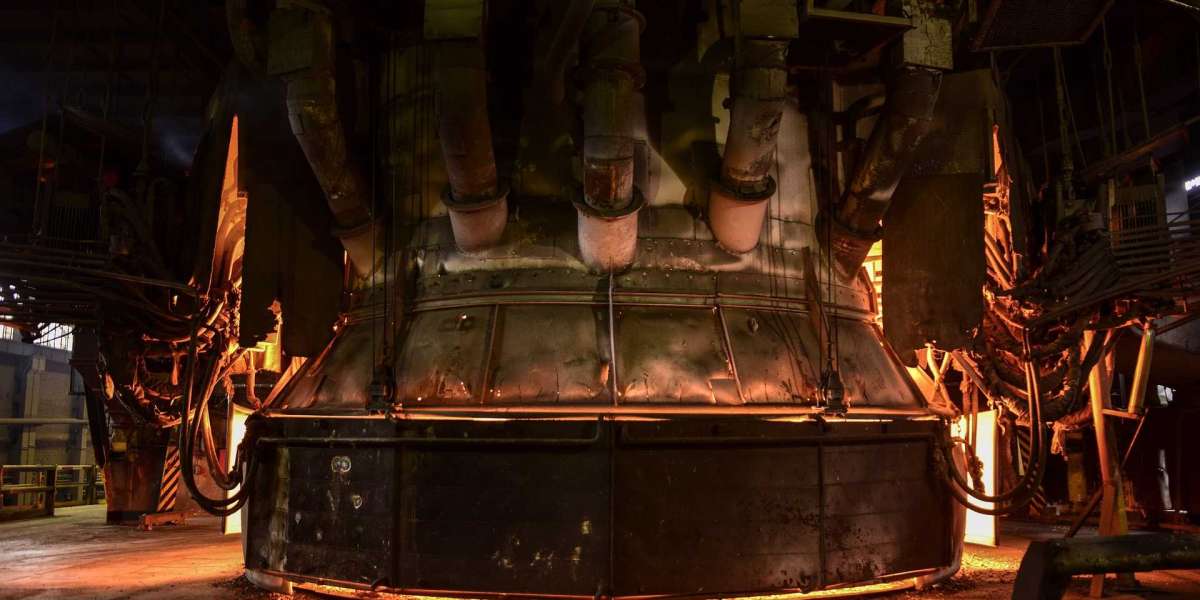The world is facing unprecedented environmental challenges, such as climate change, air pollution, and resource depletion. These challenges require urgent and collective action from governments, businesses, and individuals to shift towards a more sustainable and low-carbon future. One of the key areas of action is the transition to renewable and clean energy sources, which can reduce greenhouse gas emissions, improve air quality, and conserve natural resources.
One of the renewable and clean energy sources that is gaining attention and popularity is BioLPG. BioLPG is a form of liquefied petroleum gas (LPG) that is produced from renewable feedstocks, such as biomass, waste oils, and agricultural residues. BioLPG has the same chemical composition and properties as traditional LPG, but with a lower environmental impact. BioLPG can be used for a variety of applications, such as heating, cooking, transport, and power generation.
In this blog post, we will explore the environmental benefits of BioLPG, specifically in the context of Europe. Europe is one of the regions that is leading the way in sustainability and renewable energy, with ambitious goals and targets to reduce its environmental footprint. The Europe bioLPG market size attained a volume of 391.05 KMT in 2023. The market is estimated to grow at a CAGR of 19.8% during 2024-2032 to reach a volume of 1,879.12 KMT by 2032. This growth is driven by the increasing demand for BioLPG as a sustainable and versatile energy source that can help Europe achieve its sustainability goals.
Environmental Challenges in Europe
Europe is facing several environmental challenges that pose a threat to its health, economy, and security. Some of the major challenges are:
- Air Pollution: According to the European Environment Agency, air pollution is the biggest environmental health risk in Europe, causing about 400,000 premature deaths per year. Air pollution also damages ecosystems, crops, and buildings, and contributes to climate change. The main sources of air pollution in Europe are transport, industry, agriculture, and household heating.
- Carbon Emissions: Europe is responsible for about 9% of the global greenhouse gas emissions, which are the main cause of climate change. Climate change has serious impacts on the environment, such as rising sea levels, melting glaciers, extreme weather events, and biodiversity loss. The European Union has committed to reduce its greenhouse gas emissions by at least 55% by 2030 and to achieve climate neutrality by 2050.
- Resource Conservation: Europe is highly dependent on imported fossil fuels, such as oil, gas, and coal, which are finite and non-renewable resources. Fossil fuels also have negative environmental and social impacts, such as pollution, conflicts, and human rights violations. The European Union aims to increase its energy security and efficiency by diversifying its energy sources and promoting renewable energy.
To address these challenges, the European Union has adopted several policies and initiatives, such as the European Green Deal, the Clean Energy for All Europeans Package, and the Circular Economy Action Plan. These policies and initiatives aim to transform Europe into a sustainable and low-carbon economy that is resilient to environmental shocks and provides a high quality of life for its citizens.
What is BioLPG?
BioLPG is a renewable and sustainable form of liquefied petroleum gas (LPG). LPG is a mixture of propane and butane, which are gaseous hydrocarbons that can be compressed into a liquid form. LPG is widely used as a clean and efficient energy source for various applications, such as heating, cooking, transport, and power generation. LPG has several advantages over other fossil fuels, such as lower carbon emissions, lower air pollution, and lower risk of spills and leaks.
BioLPG is produced from renewable feedstocks, such as biomass, waste oils, and agricultural residues. These feedstocks are converted into BioLPG through various processes, such as gasification, pyrolysis, or hydrothermal liquefaction. BioLPG has the same chemical composition and properties as traditional LPG, but with a lower environmental impact. BioLPG can be blended with traditional LPG or used as a pure product, depending on the availability and quality of the feedstocks.
BioLPG differs from traditional LPG in terms of production methods, emissions, and environmental impact. Some of the differences are:
- Production Methods: Traditional LPG is produced as a by-product of natural gas processing or crude oil refining, which are non-renewable and polluting processes. BioLPG is produced from renewable and waste feedstocks, which are abundant and diverse sources that can be locally sourced and processed.
- Emissions: Traditional LPG emits carbon dioxide (CO2) when it is burned, which is a greenhouse gas that contributes to climate change. BioLPG emits less CO2 than traditional LPG, and in some cases, it can be carbon neutral or even negative, depending on the feedstock and the process used. This means that BioLPG can either balance or reduce the amount of CO2 in the atmosphere.
- Environmental Impact: Traditional LPG has a negative environmental impact, as it relies on finite fossil fuel reserves that are depleting and causing environmental and social problems. BioLPG has a positive environmental impact, as it utilizes renewable and waste feedstocks that can reduce waste generation, land use, and water consumption.
Environmental Benefits of BioLPG
BioLPG offers several environmental benefits that can help Europe address its environmental challenges and achieve its sustainability goals. Some of the benefits are:
- Reduced Carbon Emissions: BioLPG can reduce the carbon emissions of the energy sector, which is one of the main sources of greenhouse gas emissions in Europe. BioLPG can replace traditional LPG or other fossil fuels in various applications, such as heating, cooking, transport, and power generation. BioLPG can also be used in combination with other renewable energy sources, such as solar, wind, or hydro, to provide a reliable and flexible energy supply. According to a study by E4tech, BioLPG can reduce the carbon emissions of the LPG sector by up to 90% by 2050.
- Air Quality Improvement: BioLPG can improve the air quality in Europe, which is a major health and environmental concern. BioLPG burns cleaner than traditional LPG or other fossil fuels, producing less particulate matter, nitrogen oxides, sulfur oxides, and carbon monoxide. These pollutants are harmful to human health and the environment, causing respiratory diseases, cardiovascular diseases, and acid rain. BioLPG can also reduce the emissions of black carbon, which is a short-lived climate pollutant that contributes to global warming and snow and ice melting.
- Resource Conservation: BioLPG can conserve the natural resources in Europe, which are scarce and valuable. BioLPG uses renewable and waste feedstocks, which are abundant and diverse sources that can be locally sourced and processed. This reduces the dependence on imported fossil fuels, which are finite and non-renewable resources that have negative environmental and social impacts. BioLPG also promotes the circular economy, which is a system that minimizes waste and maximizes the value of resources by reusing, recycling, and recovering materials and energy.
Policy Landscape and Incentives
The policy landscape and incentives for BioLPG in Europe are evolving and improving, as the European Union and its member states recognize the potential and benefits of BioLPG as a renewable and sustainable energy source. Some of the policies and incentives are:
- The Renewable Energy Directive (RED II): This is a key policy that sets the framework and targets for the promotion of renewable energy sources in the European Union. The RED II aims to increase the share of renewable energy sources in the final energy consumption to at least 32% by 2030. The RED II also includes a sub-target of 14% for renewable energy sources in transport, which is a sector that has a high potential for BioLPG adoption. The RED II also establishes sustainability and greenhouse gas emission saving criteria for biofuels and bioliquids, which apply to BioLPG as well.
- The European Green Deal: This is a comprehensive and ambitious plan that aims to make Europe the first climate-neutral continent by 2050. The European Green Deal covers various aspects of the economy and society, such as energy, transport, industry, agriculture, and biodiversity. The European Green Deal also includes several initiatives and actions that are relevant for BioLPG, such as the European Climate Law, the European Climate Pact, the European Industrial Strategy, and the Circular Economy Action Plan.
- The National Policies and Incentives: The member states of the European Union have different policies and incentives for BioLPG, depending on their national circumstances and priorities. Some of the policies and incentives include tax exemptions, subsidies, grants, quotas, mandates, and certificates. These policies and incentives aim to encourage the production, distribution, and consumption of BioLPG, as well as to support the research and development of BioLPG technologies and feedstocks.
Conclusion
BioLPG is a renewable and sustainable form of liquefied petroleum gas (LPG) that is produced from renewable feedstocks, such as biomass, waste oils, and agricultural residues. BioLPG has the same chemical composition and properties as traditional LPG, but with a lower environmental impact. BioLPG can be used for a variety of applications, such as heating, cooking, transport, and power generation. BioLPG offers several environmental benefits, such as reduced carbon emissions, air quality improvement, and resource conservation. BioLPG can help Europe address its environmental challenges and achieve its sustainability goals. BioLPG is supported by various policies and incentives at the European and national levels, which are evolving and improving. BioLPG is a promising and emerging energy source that can contribute to the transition to a sustainable and low-carbon economy in Europe.














